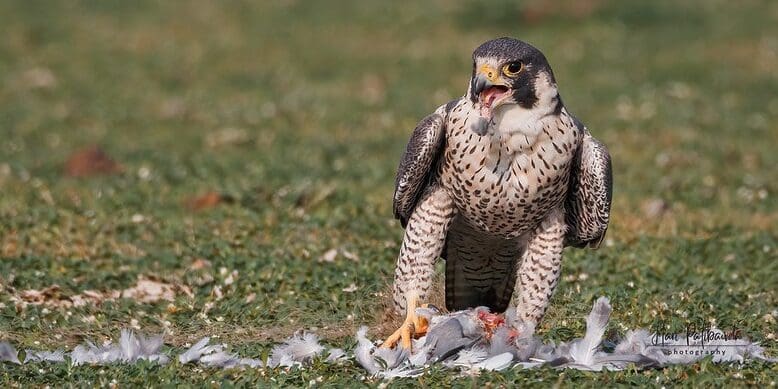Hot off the press: new Marsh and Swamp Conservation synopsis
Nigel Taylor is a postdoctoral researcher at Tour du Valat, Research Institute for the Conservation of Mediterranean Wetlands. He is one of the authors of the Marsh and Swamp Conservation synopsis.

When you think of marshes and swamps, you might think of smelly wastelands full of mosquitoes and alligators. But they are in fact vital ecosystems, both as habitats for a vast diversity of species and providing benefits to humans. Freshwater marshes store and purify water. Salt marshes and mangroves provide protection from sea level rise and storms, as well as nurseries for countless fish and invertebrate species. Birdwatchers and outdoors enthusiasts love spending time in the quiet wilderness offered by marshes and swamps.
Yet marshes and swamps face numerous threats. Changes in water management and use are perhaps the most obvious: draining wetlands, damming rivers, building roads or blocking culverts can all make habitats too dry for characteristic marsh and swamp species. Climate change, human intrusions, invasive species, pollution and overharvesting are also major problems for marshes and swamps.
So, it’s really important that we protect these precious habitats from ongoing threats, and restore areas that have already been degraded.
To help practitioners and researchers work towards these conservation goals, we’re pleased to release the latest Conservation Evidence synopsis: Marsh and Swamp Conservation. This synopsis synthesizes global evidence for the effects of interventions to conserve vegetation in marshes (wetlands dominated by herbaceous or non-woody vegetation) and swamps (wetlands dominated by woody vegetation). We’ve tried to capture every possible intervention that could be done – everything from planting to prescribed burning, excluding livestock, designating protected areas and running training programmes – and provide a comprehensive sample of the scientific evidence about the effects of these interventions on emergent vegetation.

Let us give you a few numbers to give you an idea of the scale and scope of the synopsis… There’s 176 different interventions. There’s 798 individual paragraphs, each summarizing a test of an intervention from 473 different publications. This evidence comes from systematic searches of 348 journals – including 94 primarily in languages other than English – and “grey literature” from 13 organizations. We found studies from 54 different countries.
The synopsis is freely available on the Conservation Evidence website, or to download as a pdf. Use whichever version is most convenient for you!
We hope you can use the Marsh and Swamp conservation synopsis – and all the others on the Conservation Evidence website – to make evidence-based conservation decisions. You’ll need to combine the summarized evidence with other things like your practical experience, knowledge of local site conditions, aims of your conservation project, values of local stakeholders and available resources. By all means supplement the summarized evidence with any other publications you’re aware of (and let us know about these!). Remember that the synopsis is a list of possible interventions not recommendations, and that it is not meant to encourage active intervention where it is not necessary. Do you really need to plant trees, or will natural colonization be enough (and cheaper)?

Over the next few weeks, an expert panel will assess the effectiveness of each intervention based on the summarized evidence. We’ll add these scores to the Conservation Evidence website when they’re ready. If you want to help with this process, please do get in touch. Over the longer term, we look forward to regularly expanding and updating the synopsis with the latest evidence.



